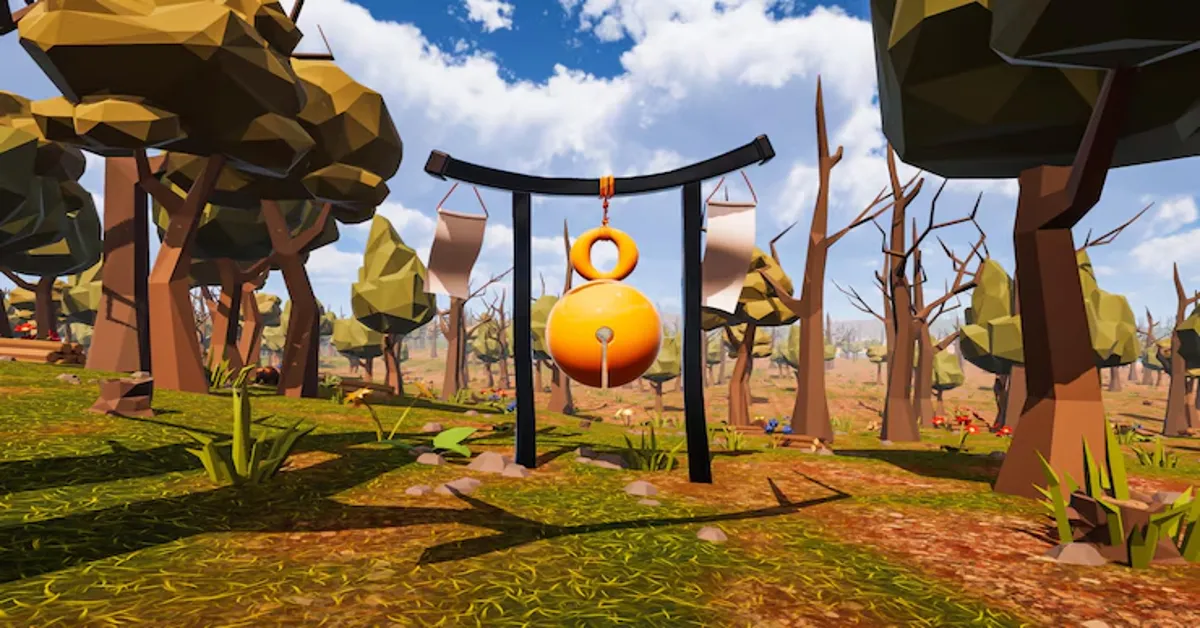In a world where physical card collecting meets digital innovation, the Pokemon Pack Opening Simulator has become more than just a novelty—it’s an interactive gateway to the nostalgic and strategic joy of the Pokémon Trading Card Game (TCG). For those searching for what exactly a Pokémon Pack Opening Simulator is and why it’s worth your time, here’s your answer: it’s a digital tool that replicates the experience of opening booster packs online, designed to simulate the thrill, randomness, and strategy of real-world Pokémon card collecting without the cost or physical constraints.
Whether you’re a returning fan, competitive player, or simply curious about modern collectibles, the Pokémon Pack Opening Simulator offers a detailed, data-driven, and delightfully addictive experience.
What Is a Pokemon Pack Opening Simulator?
A Pokemon Pack Opening Simulator is an online or app-based tool that lets users open virtual Pokémon TCG booster packs. These simulators mirror real-life pack contents by replicating card rarity rates, artwork, and expansion set logic. They often include visuals, sound effects, and pack themes to evoke the tactile excitement of tearing open a sealed booster.
Simulators vary in complexity. Some focus on visual flair and entertainment, while others include detailed databases, collection tracking, card market values, and even simulated gameplay or trading functions.
How It Works: A Virtual Unwrapping Experience
Using a Pokemon Pack Opening Simulator is straightforward:
- Choose a Set: Select from various official Pokémon TCG expansions (e.g., Base Set, Sword & Shield, Scarlet & Violet, etc.).
- Open a Pack: The system simulates the card reveal animation. Cards appear one by one or all at once, with appropriate rarity colors or effects.
- View and Save Cards: Each card is logged in a digital binder or gallery. Users may have the option to sort by rarity, type, or market value.
- Repeat or Challenge: Some simulators gamify the process, setting goals (e.g., complete a set with limited packs) or adding puzzle elements.
The core idea is to deliver the same dopamine-rich moment of surprise and satisfaction that comes from real pack openings, but without financial cost.
Why Simulators Are Booming in Popularity
1. Cost-Free Engagement
Opening physical booster packs can be expensive. Simulators offer the experience without financial investment, making them accessible to kids, casual fans, and nostalgic adults alike.
2. Collection Planning and Strategy
Simulators help competitive players plan decks or study pull rates from different sets, aiding decision-making in real-world purchases.
3. Market Awareness
Many modern simulators integrate market data. Users can track simulated pulls against current resale prices, helping collectors assess value trends.
4. Content Creation Fuel
YouTubers and Twitch streamers frequently use simulators for content. Live simulated openings can entertain, educate, and engage communities without logistical hassles.
5. Gamification and Learning
Simulators are being adapted into mini-games or educational tools that teach kids about probability, statistics, budgeting, and strategic thinking.
Types of Simulators: From Basic to Advanced
1. Basic Visual Simulators
- Focus on card art and animation
- Great for casual users and younger fans
- Limited in collection tracking or database depth
2. Comprehensive Collectors’ Simulators
- Feature full set databases
- Allow sorting, tagging, value tracking
- Mimic collector binders or real-world portfolios
3. Competitive Deck-Building Simulators
- Integrate with virtual card decks
- Suggest meta builds and simulate draws
- Cater to advanced players and tournament prep
4. Educational or Puzzle-Mode Simulators
- Offer daily challenges (e.g., build the highest-value pack in five tries)
- Introduce quizzes or math-based puzzles based on cards
Realism and Rarity Mechanics
One of the most important aspects of a Pokémon Pack Opening Simulator is the accuracy of rarity distributions. Top-tier simulators rely on official Pokémon TCG rarity ratios:
- Common (C): Most cards in each pack
- Uncommon (U): Usually three per pack
- Rare (R): Typically one per pack, often holo
- Reverse Holo or Special Rares: Bonus card with unique effects or finishes
High-end simulators replicate odds from each expansion, incorporating pull rates for:
- Ultra Rares
- Secret Rares
- Rainbow or Gold Cards
- Promo and Limited Editions
User Experience and Interface Trends
The user interface matters. Leading simulators now include:
- Drag-and-drop unwrapping animations
- Real-time card value popups
- Collection completion bars
- Sound effects that match each card tier
Some even offer retro pixel modes for a nostalgic 1990s feel.
Educational Potential
Educators and parents are beginning to use Pokémon simulators to teach:
- Math & Probability: Calculating pull rates
- Digital Literacy: Navigating databases
- Value Judgement: Comparing market prices and trade-offs
With gamified layers, children gain learning value while immersed in a beloved franchise.
Legal and Ethical Considerations
Simulators must walk a fine line. While they do not promote gambling in the legal sense, their random-reward mechanics mimic it. Most simulators stay compliant by:
- Avoiding real money transactions
- Including disclaimers about non-real rewards
- Offering parental controls or time limits
Additionally, simulators that use copyrighted Pokémon art must avoid commercial use or obtain appropriate licenses.
Limitations and Criticisms
While popular, simulators face fair critiques:
- Lack of Physicality: Some argue nothing beats the feel of a real card
- Overstimulation: Constant openings may devalue card appreciation
- Spoilers: Users may see rare cards virtually and lose interest in physical collecting
Despite this, many view them as complementary tools, not replacements.
Community and Cultural Significance
Online communities now form around simulator challenges, shared pulls, and card collection milestones. Reddit threads, Discord groups, and forums treat simulator pulls with the same reverence as physical openings. Memes, bragging rights, and themed competitions add a vibrant culture to the digital experience.
Streamers like PokéSimJay and DigitalDex have built audiences solely from simulator content, showing how the digital card-collecting scene has carved out its own space.
Mobile and VR Integration
The future of Pokémon simulators is immersive:
- Mobile Apps: Seamless on-the-go pack opening with real-time sync to cloud binders
- AR/VR: Some startups are experimenting with 3D unboxing environments where users can walk through card libraries in VR
These advancements aim to blur the line between real and simulated collecting even further.
The Psychology Behind the Pack
Much like real booster packs, the simulator experience taps into psychological triggers:
- Anticipation and suspense
- Random reward mechanics (dopamine bursts)
- Completion drive (e.g., finishing a set)
- Nostalgia activation from classic sets
While some raise concerns about overuse, these mechanics are also used in educational games, loyalty programs, and cognitive development tools.
Conclusion: A New Frontier in Digital Collecting
The Pokemon Pack Opening Simulator represents a natural evolution of a franchise that has always thrived at the intersection of storytelling, competition, and collectibility. It preserves the thrill of the unknown while offering cost-effective, creative, and strategic layers for today’s digital-savvy users.
Whether you’re a lifelong Pokéfan rekindling childhood joy or a newcomer learning the ropes of the trading card universe, simulators like these provide an imaginative bridge between physical collecting and virtual experience.
In the grander view of digital engagement, the Pokémon Pack Opening Simulator isn’t just about cards. It’s about connection, curiosity, and the way we experience play in a digitally enriched world. The cards may be virtual, but the excitement they spark is entirely real.
FAQs
1. What is a Pokemon Pack Opening Simulator?
Answer: It’s a digital tool that mimics the experience of opening Pokémon TCG booster packs online, offering randomized cards based on real-world rarity rates. It’s used for fun, strategy planning, and collection tracking.
2. Is using a Pokemon Pack Opening Simulator free?
Answer: Most simulators are completely free to use. They simulate openings without requiring payment or real card purchases, making them accessible to anyone with an internet connection.
3. Are the cards in the simulator real or usable in official play?
Answer: No. The cards are virtual representations for entertainment or educational purposes only. They cannot be used in official tournaments or exchanged as real assets.
4. Why do players use these simulators instead of buying real packs?
Answer: Simulators offer a cost-free way to enjoy the thrill of opening packs, test collection strategies, and learn about different TCG sets without financial risk or commitment.
5. Are Pokémon Pack Opening Simulators legal and safe?
Answer: Yes, when used for personal enjoyment and non-commercial purposes. The best simulators avoid infringing on copyright and do not involve gambling or real-money transactions.











